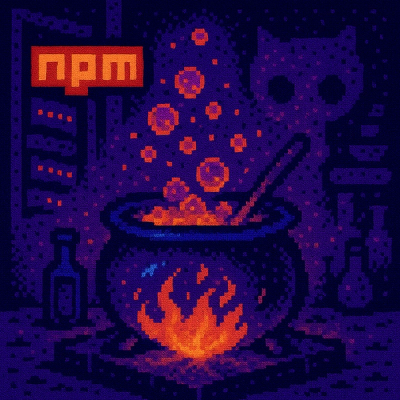
Research
/Security News
9 Malicious NuGet Packages Deliver Time-Delayed Destructive Payloads
Socket researchers discovered nine malicious NuGet packages that use time-delayed payloads to crash applications and corrupt industrial control systems.
@aws-sdk/middleware-expect-continue
Advanced tools
[](https://www.npmjs.com/package/@aws-sdk/middleware-expect-continue) [](http
Axios is a popular HTTP client for Node.js and the browser. It supports the 'Expect: 100-continue' header through its configuration options. Compared to @aws-sdk/middleware-expect-continue, Axios is a more general-purpose HTTP client and can be used for a wide range of HTTP requests, not just those related to AWS services.
Request is another widely-used HTTP client for Node.js that supports the 'Expect: 100-continue' header. It provides a simple and easy-to-use API for making HTTP requests. While Request is more general-purpose, @aws-sdk/middleware-expect-continue is specifically designed to work with the AWS SDK for JavaScript.
FAQs
[](https://www.npmjs.com/package/@aws-sdk/middleware-expect-continue) [](http
The npm package @aws-sdk/middleware-expect-continue receives a total of 10,478,279 weekly downloads. As such, @aws-sdk/middleware-expect-continue popularity was classified as popular.
We found that @aws-sdk/middleware-expect-continue demonstrated a healthy version release cadence and project activity because the last version was released less than a year ago. It has 2 open source maintainers collaborating on the project.
Did you know?

Socket for GitHub automatically highlights issues in each pull request and monitors the health of all your open source dependencies. Discover the contents of your packages and block harmful activity before you install or update your dependencies.

Research
/Security News
Socket researchers discovered nine malicious NuGet packages that use time-delayed payloads to crash applications and corrupt industrial control systems.

Security News
Socket CTO Ahmad Nassri discusses why supply chain attacks now target developer machines and what AI means for the future of enterprise security.

Security News
Learn the essential steps every developer should take to stay secure on npm and reduce exposure to supply chain attacks.